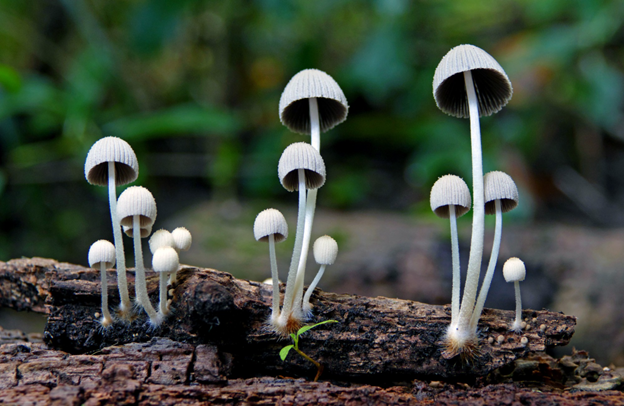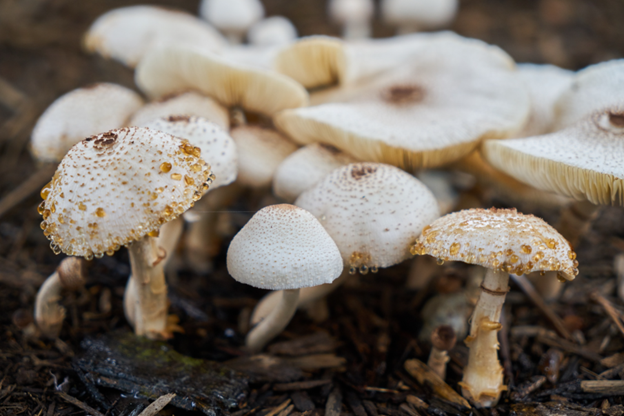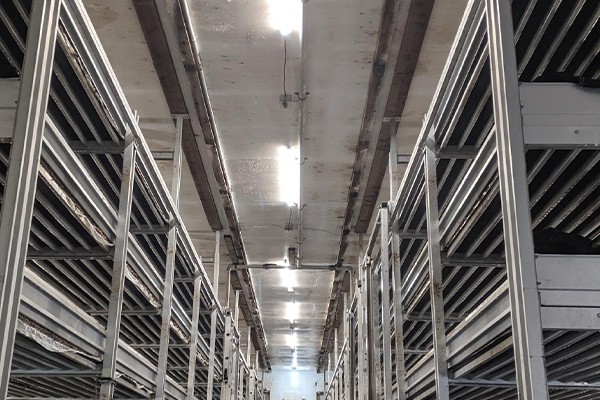Mushroom cultivation is an art and science that offers an intriguing way to produce food, delve into mycology, or even start a business. Understanding the nuances of mushroom cultivation techniques and the importance of lighting can significantly influence your success. This comprehensive guide explores everything from the basics to the more advanced aspects of mushroom cultivation.
Mushroom cultivation holds a unique spot in the world of agriculture. Unlike traditional crops, mushrooms require specific conditions to flourish, including proper substrate preparation, precise environmental control, and appropriate lighting. These fungi are not only a delicacy but also a source of nutrition and medicinal benefits, making their cultivation a valuable skill.
Understanding Mushroom Cultivation
Mushroom cultivation is the art and science of growing fungi in controlled environments, aiming to produce edible or medicinal mushrooms. This process varies significantly from growing vegetables or fruits because mushrooms are not plants but fungi. They do not photosynthesize and have different growth requirements, such as the absence of light for most of their lifecycle and specific substrate types that provide their nutrients.
- Types of Mushrooms
There’s a vast array of mushrooms that can be cultivated, each with its unique flavor, texture, and growth requirements. Button mushrooms, oyster mushrooms, shiitake, and portobello are just a few examples that are popular among cultivators. Selecting the correct type of mushroom to grow is the first step in the cultivation process, as it will dictate the specific conditions needed for growth.
Essential Mushroom Cultivation Techniques
Preparing the Substrate: The success of mushroom cultivation largely depends on the quality of the substrate. Each mushroom type has preferences for specific substrates, such as hardwood chips for shiitake or straw for oyster mushrooms. The substrate must be adequately prepared, often through pasteurization or sterilization, to eliminate any potential competitors or contaminants.
- Inoculation
This critical step involves introducing mushroom spores or mycelium into the prepared substrate. Doing so under sterile conditions is paramount to prevent contamination from bacteria or other fungi. Techniques vary, from simple spore syringe inoculation to more advanced methods like grain-to-grain transfers in laboratory settings.
- Incubation
After inoculation, the substrate bags or containers are kept in an environment conducive to mycelial growth. This phase requires careful control of temperature and humidity, with conditions tailored to the specific mushroom species being cultivated. The goal is to achieve a fully colonized substrate ready for fruiting.
- Fruiting
Triggering the fruiting phase involves changing the environmental conditions to signal the mycelium that it’s time to produce mushrooms. This often means introducing fresh air, adjusting humidity, and, for some species, altering the light cycle. The specifics of this phase are crucial, as they directly impact the yield and quality of the mushrooms.
- Harvesting
Knowing when to harvest mushrooms is an art in itself. Most mushrooms are harvested just as the veil beneath the cap begins to tear but before it fully ruptures. This timing ensures the mushrooms are at peak freshness and have the best texture and flavor.
Common Challenges in Mushroom Cultivation
Contamination is a constant threat in mushroom cultivation, capable of ruining entire batches of mushrooms. It’s often a result of improper sterilization or a breach in sterile technique during inoculation. Vigilant monitoring and swift action at the first sign of contamination are essential to salvage affected cultures.
- Environmental Control
The precise management of environmental conditions, such as humidity, temperature, and CO2 levels, is challenging but essential. Fluctuations can stress the mycelium, leading to poor yields or failure to fruit. Automated systems and diligent manual monitoring can help maintain optimal conditions.
- Technique and Lighting Setups
Errors in substrate preparation, inoculation, or inadequate lighting setups can impede mushroom growth. Continuous learning and adaptation, based on observation and experience, are vital to refining cultivation techniques.
The Role of Lighting in Mushroom Cultivation
Lighting, while not essential for the mycelial growth phase, plays a significant role during fruiting for many mushroom species. It influences not only the direction of growth but can also affect the development of certain mushroom features. For example, some mushrooms require specific light wavelengths to trigger or enhance fruiting.
LED lighting solutions, such as T14 LED Mushroom Lighting offered by Hontech-Wins, provide customizable options to cater to the needs of different mushroom species, offering growers the ability to optimize their cultivation setups for maximum efficiency and yield.
Conclusion
Mushroom cultivation is a rewarding practice that combines the joy of growing your own food with the challenges of mastering specific cultivation techniques. By understanding the essentials of mushroom cultivation, including the importance of substrate preparation, environmental control, and appropriate lighting, enthusiasts and commercial growers alike can achieve successful and productive mushroom crops. With the proper knowledge and tools, such as Hontech-Wins‘ specialized lighting solutions, the world of mushroom cultivation is full of possibilities.


